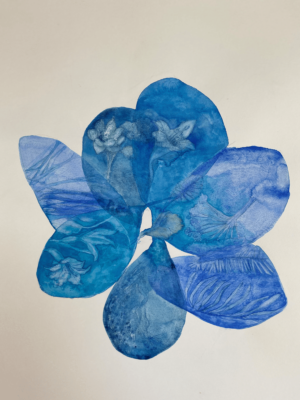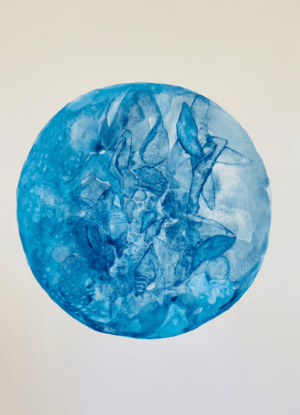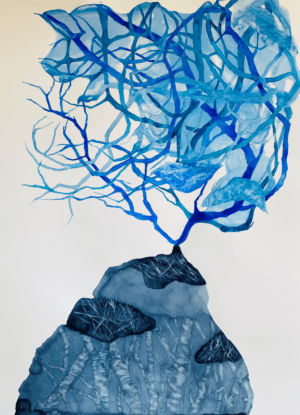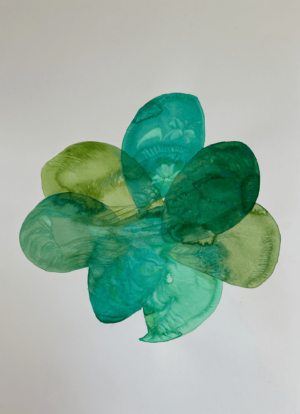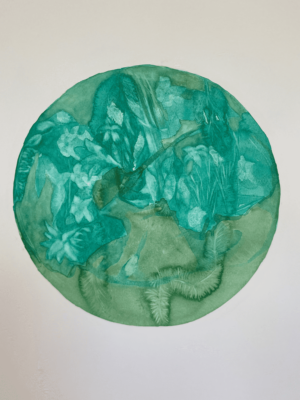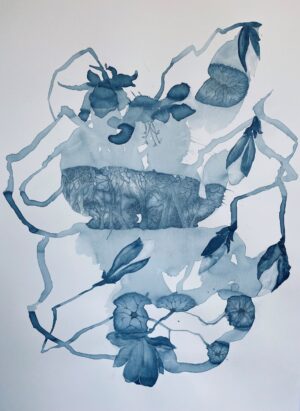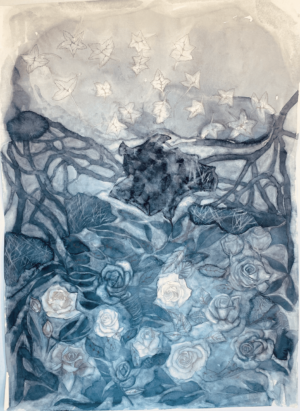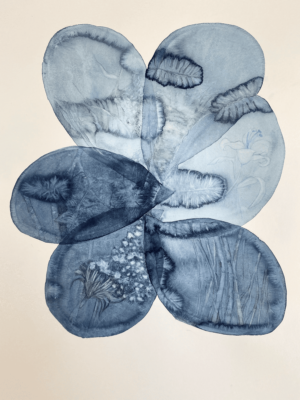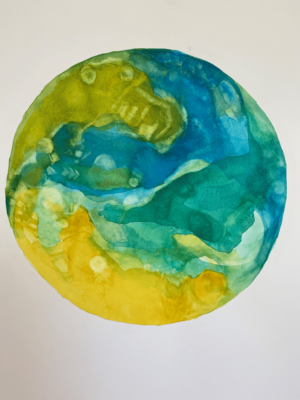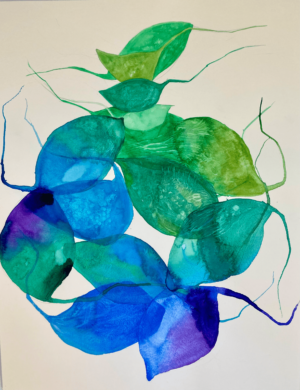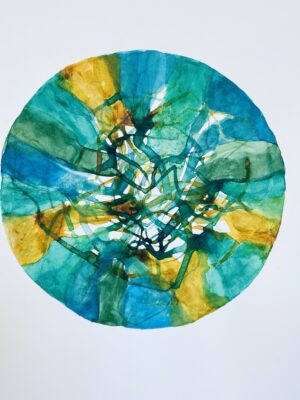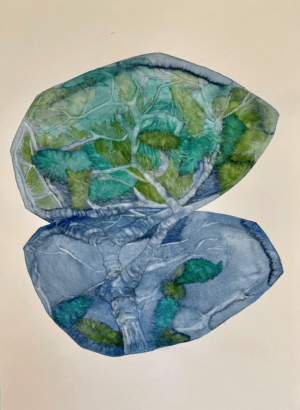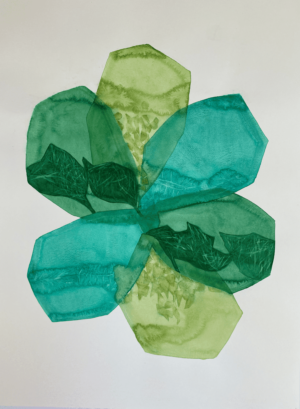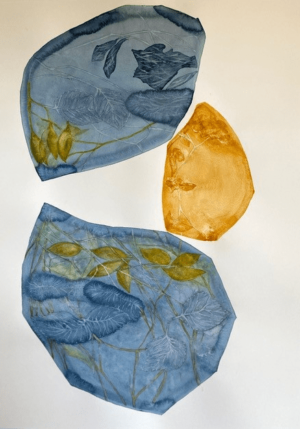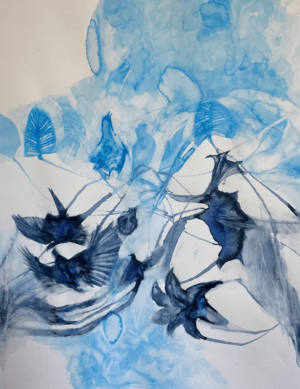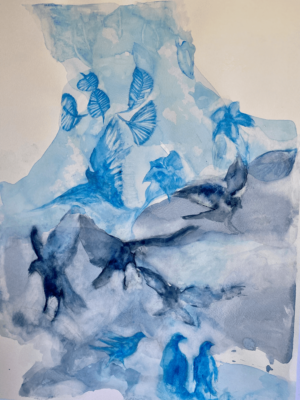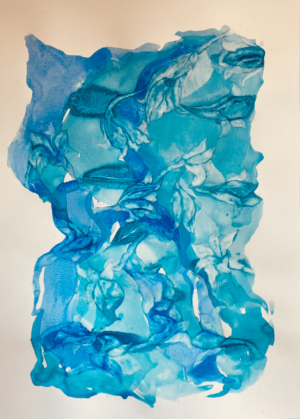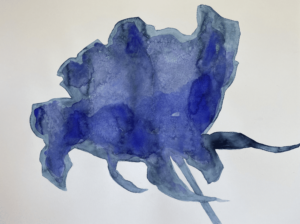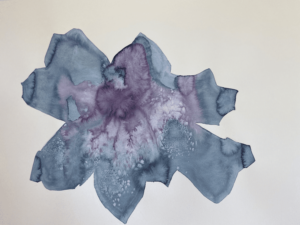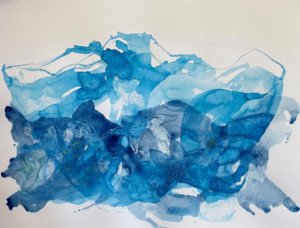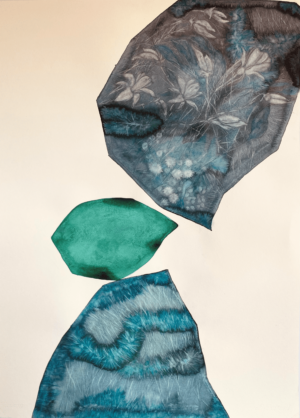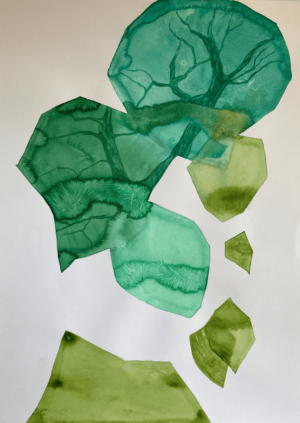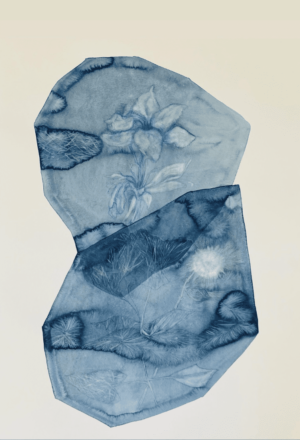My work over the last few years has been a quest to discover nature, the landscape, its visible forms, as well as its biology to reconfigure our relationships with the earth and its inhabitants.
To be able to reveal both its energy and its beauty, as well as tell its cyclical change; observe processes and energy fields and relate the minutiae of the natural world to abstract dimensions.
Contemplate… like the poet, with wonder and emotion, and with the sensitivity of one who can perceive the world as it is.
In this same sense, Japanese poetry “Haiku” offers similarity with this sensitivity, its metric and apparent simplicity – an intermediate expression between music and words – is the most ideal way to approach “the ineffable”.
The Haiku is an instrument that will capture reality more largely If it contains “the sacred” that beats in reality itself, although it is not understood by the human mind.
In Haiku, “the sacred” is something that is hidden inside, like something assumed, known but that needs certain words to inhabit them.
“The sacred” in a Haiku is what gives it strength, its authenticity and its beauty but it is only exceptionally named. The Japanese “sacred” is nothing other than the world, or rather: the energy that originates it, crystallizing the world into form without ceasing to animate it internally for even a moment.
Haiku is a sensation perceived poetically, it can be a moment of special drama, it can be an insignificant event or a pure perception of the harmonious tranquility of the world.
My watercolors try to reflect through their light this sensitivity, this energy that underlies all things.
Nora Alvarez, September 2022.


















































